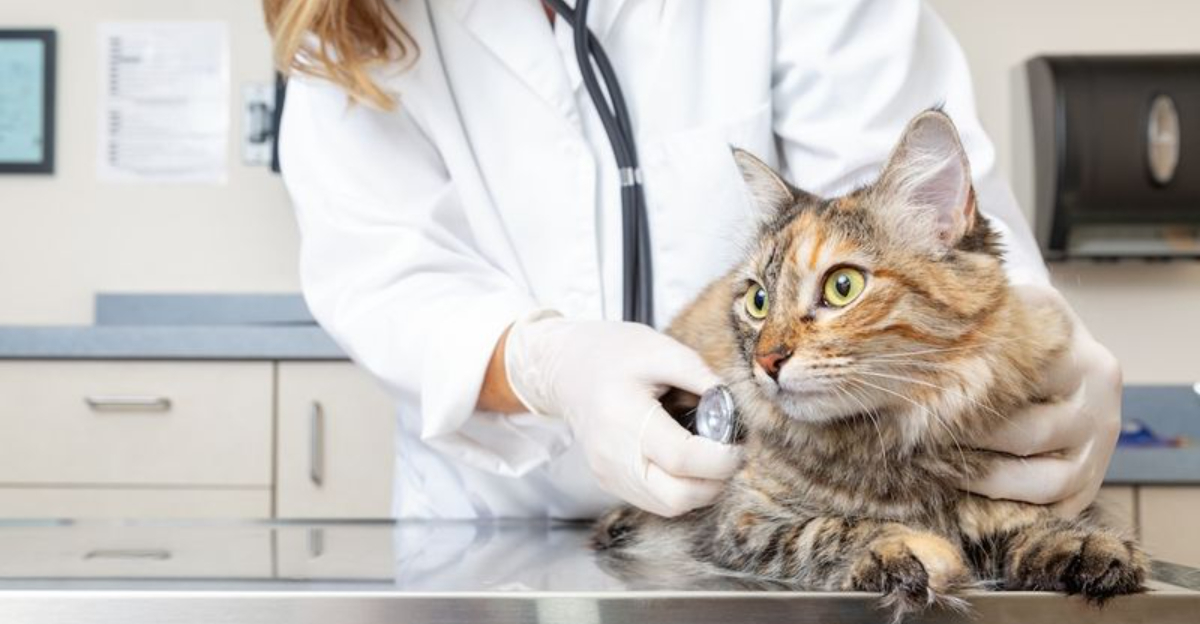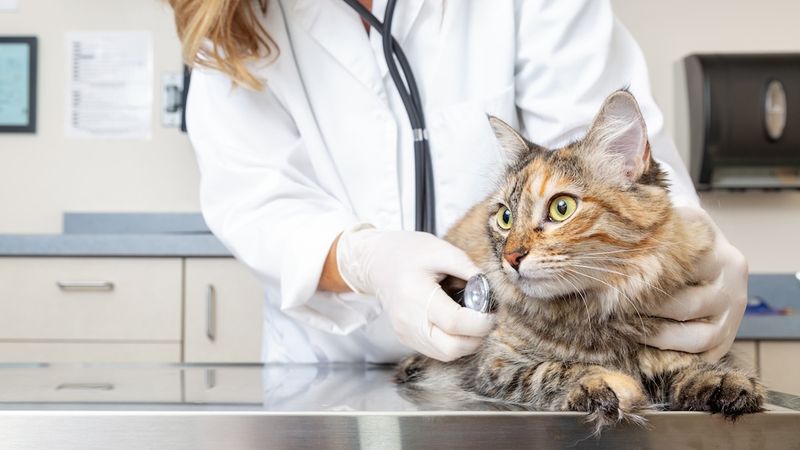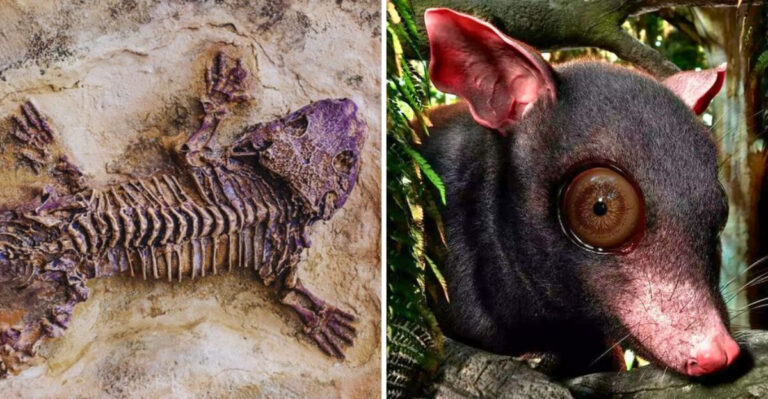14 Things Your Vet Wishes You Understood About Cats

Behind those mesmerizing eyes and graceful movements, cats hide complex health needs that many owners overlook. Veterinarians spend years studying feline health but often have just minutes to explain crucial care information during appointments.
Understanding these insider insights can dramatically improve your cat’s quality of life and potentially save you from costly emergency visits.
1. Yearly Checkups Aren’t Optional

Those silent paws are experts at hiding illness until it’s serious. Cats age faster than we do – one year equals roughly four human years for adult cats.
Regular checkups catch problems like kidney disease or dental issues before they become painful emergencies. Your seemingly healthy cat might be suffering silently without you knowing.
2. Water Fountains Save Lives

Wild cat ancestors got moisture from prey, not standing water. Modern housecats often drink too little, leading to chronic dehydration and kidney problems.
Moving water triggers their natural instinct to drink. A simple pet fountain can increase water consumption by 30%, potentially adding years to your cat’s life.
3. Obesity Isn’t Cute

That chubby belly might look adorable in photos, but excess weight dramatically shortens feline lives. Just three extra pounds on a cat equals about 40 pounds on a human!
Overweight cats face diabetes, arthritis, and heart disease risks. Measuring food portions rather than free-feeding can make all the difference in preventing these serious conditions.
4. Purring Can Signal Pain

Contrary to popular belief, purring doesn’t always mean happiness. Cats often purr when stressed, injured, or in pain as a self-soothing mechanism.
Mother cats purr during labor to self-calm. Watch for other signs like hiding, appetite changes, or unusual posture when your cat purrs. Sometimes that rumbling motor might actually be a cry for help.
5. Dental Diseases Are Serious

Bad breath isn’t just unpleasant – it’s a warning sign. By age three, 70% of cats have dental disease that silently damages internal organs.
Bacteria from infected gums enter the bloodstream, potentially harming the heart, kidneys, and liver. Regular brushing (yes, it’s possible!) and dental treats can prevent painful extractions and extend your cat’s life significantly.
6. Litter Box Avoidance Is Medical

Found a surprise outside the litter box? Before assuming behavioral issues, consider hidden health problems. Urinary tract infections and bladder inflammation cause painful urination.
Your cat isn’t being spiteful – they’re associating the box with pain. Male cats can develop life-threatening urinary blockages within hours. Any sudden litter box changes warrant an immediate vet visit.
7. Scratching Is Non-Negotiable

Scratching isn’t just about sharpening claws – it’s hardwired feline behavior for territorial marking and stress relief. Cats have scent glands in their paws that leave invisible marks.
Declawing removes the last bone of each toe, equivalent to amputating human fingertips. Provide tall, sturdy scratching posts near sleeping areas and furniture to satisfy this essential need.
8. Indoor Cats Need Enrichment

Keeping cats indoors triples their lifespan but creates mental health challenges. Bored indoor cats develop depression, obesity, and destructive behaviors.
Wild cats spend 6+ hours daily hunting. Replicate this with puzzle feeders, rotating toys, window perches, and climbing spaces. Just 15 minutes of interactive play daily dramatically reduces behavior problems and keeps minds sharp.
9. Carrier Training Prevents Trauma

Ever struggled getting your cat into a carrier? That battle causes lasting stress for both of you. Cats remember negative experiences vividly.
Leave carriers out permanently as cozy beds with treats inside. Practice short car rides to positive destinations occasionally. These simple steps transform vet visits from terrifying ordeals into manageable experiences.
10. Sudden Weight Loss Is Always Serious

A slimming cat isn’t celebrating successful dieting. Rapid weight loss signals potentially life-threatening conditions like hyperthyroidism, diabetes, or cancer.
Cats naturally hide illness until they’re critically sick. Weight loss of even half a pound warrants immediate attention. Regular weighing at home between vet visits helps catch these changes before they become emergencies.
11. Vomiting Isn’t Normal

Weekly hairballs aren’t a standard cat feature – they signal digestive problems. Healthy cats should rarely vomit, even with long fur.
Frequent hairballs indicate dietary issues, allergies, or inflammatory bowel disease. Regular brushing and specialized diets can dramatically reduce hairballs. Anything beyond occasional vomiting deserves professional evaluation.
12. Wet Food Prevents Kidney Failure

Dry kibble alone can lead to chronic dehydration. Cats evolved getting moisture from prey, not from drinking water separately.
Kidney disease affects over 30% of senior cats, often due to lifelong mild dehydration. Wet food provides crucial moisture even for kibble-loving cats. Adding water to dry food or mixing in canned options significantly supports kidney health.
13. Slow Blinking Is Cat “I Love You”

When your cat gives you those slow, deliberate blinks, they’re not just tired – they’re expressing trust and affection. This “cat kiss” is a vulnerable gesture in feline language.
Direct staring is threatening to cats, while looking away signals non-aggression. Try returning these slow blinks to strengthen your bond. Your cat understands this special communication better than verbal praise.
14. Cats Feel Pain Intensely

The myth that cats tolerate pain better than humans is dangerously false. Their stoic nature evolved to hide weakness from predators, not because they suffer less.
Cats actually have more pain receptors than humans. Signs like decreased grooming, hiding, or subtle posture changes indicate significant discomfort. Modern veterinary medicine offers many pain management options for our sensitive companions.






